Ever wondered how to efficiently use EV charging stations? As electric vehicles (EVs) become more popular, knowing how to charge them properly is key to making the most of your driving experience. In this guide, we’ll break down the different types of charging stations, walk you through how to use a public charger, and share some practical tips for faster, more efficient charging.
Different Types of Charging Stations
When it comes to charging your electric vehicle, not all charging stations are the same. There are three main types of EV chargers:
-
Level 1 Charging (120V)
Level 1 chargers are the most basic option and can be plugged into a regular household outlet. It’s the slowest form of charging, typically adding 2 to 5 miles of range per hour. While it’s not the fastest, it’s convenient for overnight charging at home. -
Level 2 Charging (240V)
These chargers are more commonly found in public locations, workplaces, and homes with dedicated 240V outlets. Level 2 chargers offer much faster charging speeds, adding around 10-60 miles of range per hour, depending on the charger’s power output. They are perfect for regular daily charging. -
DC Fast Charging (DCFC)
The fastest charging option available, DC fast chargers can charge your vehicle up to 80% in as little as 30 minutes. These are typically found at public charging stations along highways for long-distance travel. They require special equipment and connectors, but they’re the best option for a quick boost when you’re on the go.
Steps to Use a Public EV Charging Station
Using a public charging station is straightforward. Here’s how you can charge your EV while you’re out and about:
-
Find a Charging Station Many public chargers are located in shopping malls, parking lots, or along highways for convenience.
-
Park and Check Availability Once you arrive at the station, make sure there’s an available charger. Some stations have multiple chargers, but if it’s a popular spot, you may need to wait.
-
Connect Your EV to the Charger Open your vehicle’s charging port, take the appropriate connector from the station, and plug it into your car. Ensure the connection is secure.
-
Monitor the Charging Process Many charging stations have a screen that shows the current status of the charge, such as how much battery is charged and the estimated time to finish. Some apps also allow you to monitor the charge remotely.
-
Disconnect and Pay Once your EV is fully charged or you’ve reached your desired level, unplug the connector from your car and the station. If payment is required, you can use a credit card, app, or membership card to pay for the service.
How to Charge an Electric Car for the First Time?
Charging an electric vehicle for the first time can seem daunting, but it’s a simple process:
-
Choose the Right Charger If you’re at home, you can plug into a Level 1 charger, or install a Level 2 charger for faster charging. For public charging, look for a Level 2 charger or a DC fast charger, depending on your needs.
-
Plug in and Wait Connect the charger to your vehicle, ensuring the charging port is securely closed once connected. If you're using a fast charger, keep an eye on the progress; if you’re using a Level 1 or 2, you can leave your car for a few hours or overnight.
-
Understand Charging Rates Different chargers offer different speeds, and your EV may charge at different rates depending on the battery’s level and the charger type. For the first time, try to familiarize yourself with how quickly your EV charges and make sure it’s charging efficiently.
Tips for Efficient EV Charging
Charging your electric vehicle efficiently can help extend the battery life and save you time and money. Here are some tips:
-
Charge During Off-Peak Hours
Many electric utilities offer lower rates during off-peak hours (typically at night). Try to charge your vehicle during these times to save on electricity costs. -
Don’t Overcharge
While it’s okay to charge your EV to 100%, it’s generally better for battery health to stop charging once it reaches 80-90%. This prevents excessive strain on the battery over time. -
Plan for Long Trips
If you’re planning a long road trip, plan your stops around fast-charging stations. Many fast chargers are located along highways, which makes it easy to top up quickly and keep going. -
Keep Your Battery Between 20% and 80%
It’s recommended to keep your battery level within the range of 20% to 80% for daily use. This helps avoid long charging times and minimizes battery wear.
Conclusion
Using EV charging stations is a straightforward process once you know what to expect. Whether you’re charging at home or at a public station, understanding the different types of chargers and how to efficiently manage your charging will make the experience smoother.
Always keep an eye on the battery level, take advantage of off-peak charging hours, and enjoy the convenience of your electric vehicle. With more stations popping up around the world, the future of EV charging looks brighter than ever.
For a reliable and efficient charging solution, consider Autel’s home and commercial EV chargers, designed to help you power up quickly and conveniently, wherever you are.

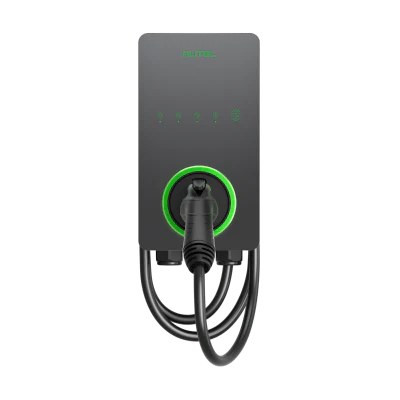
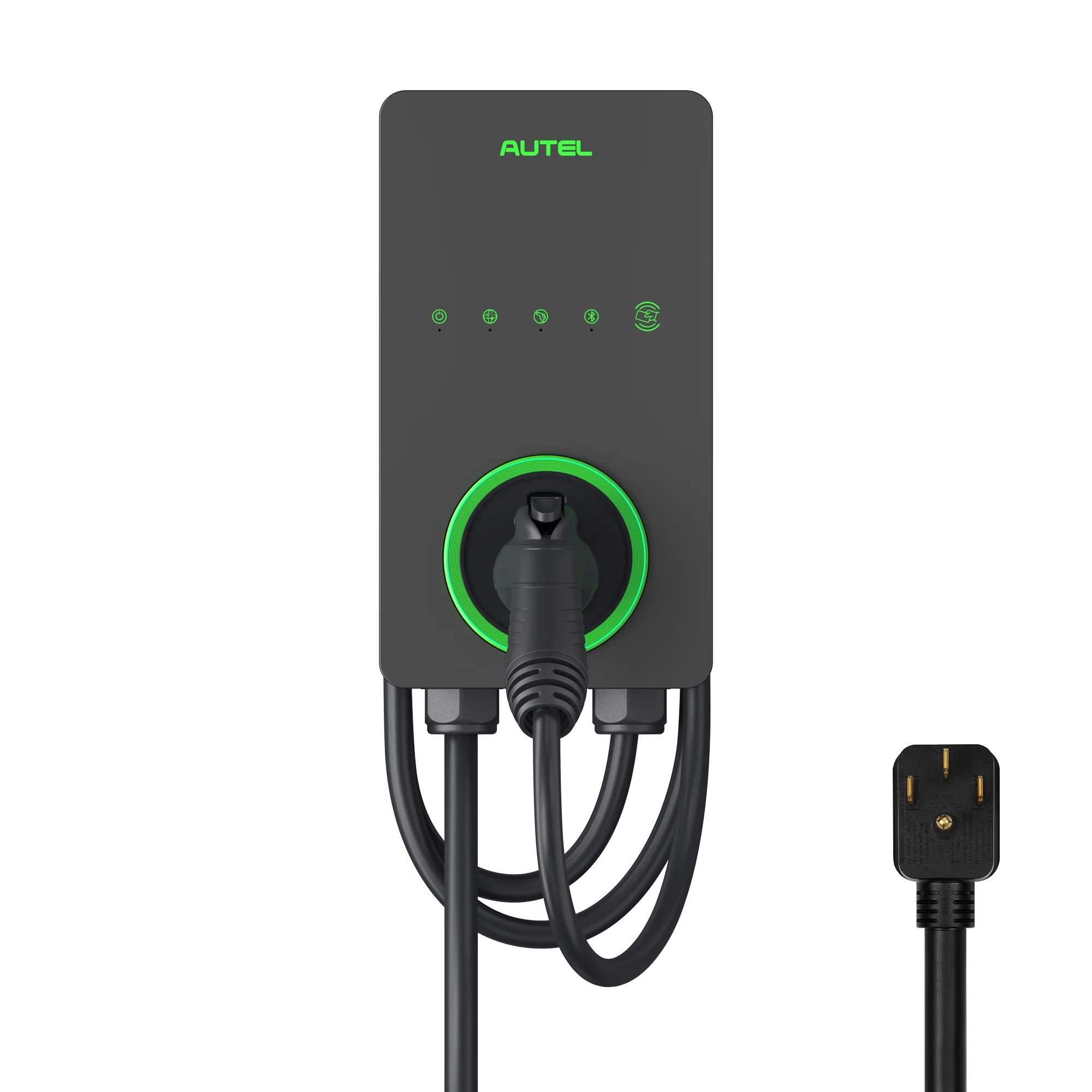
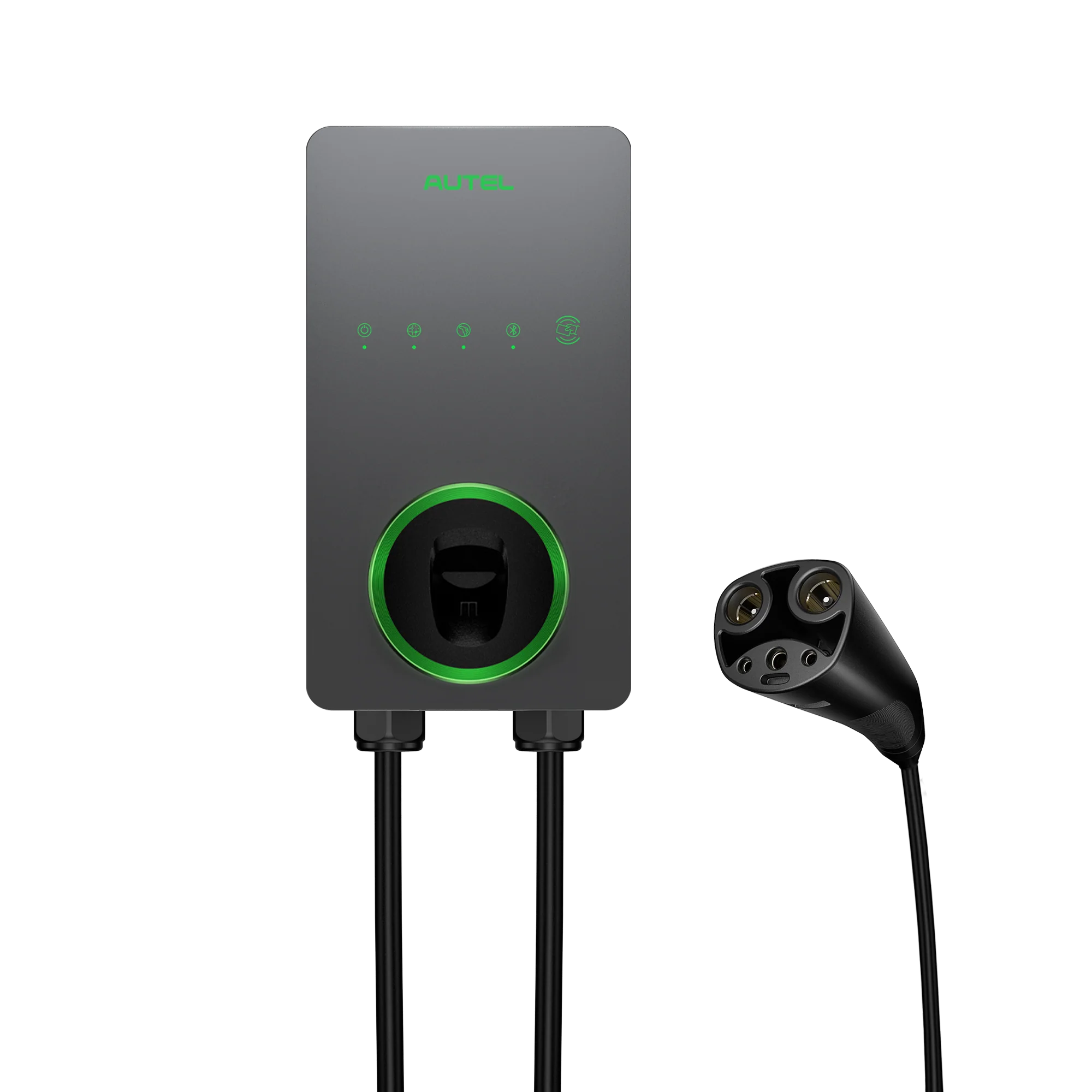
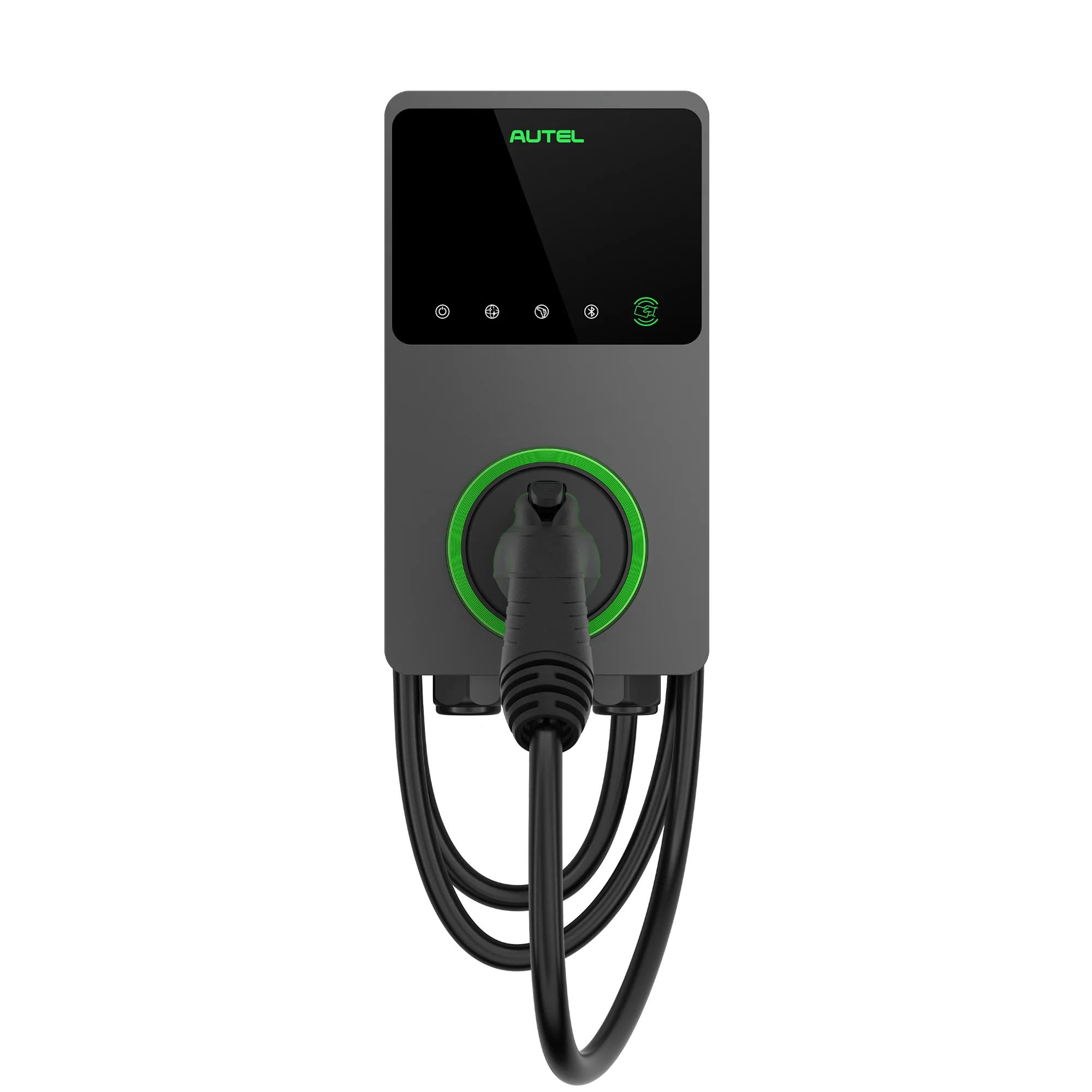
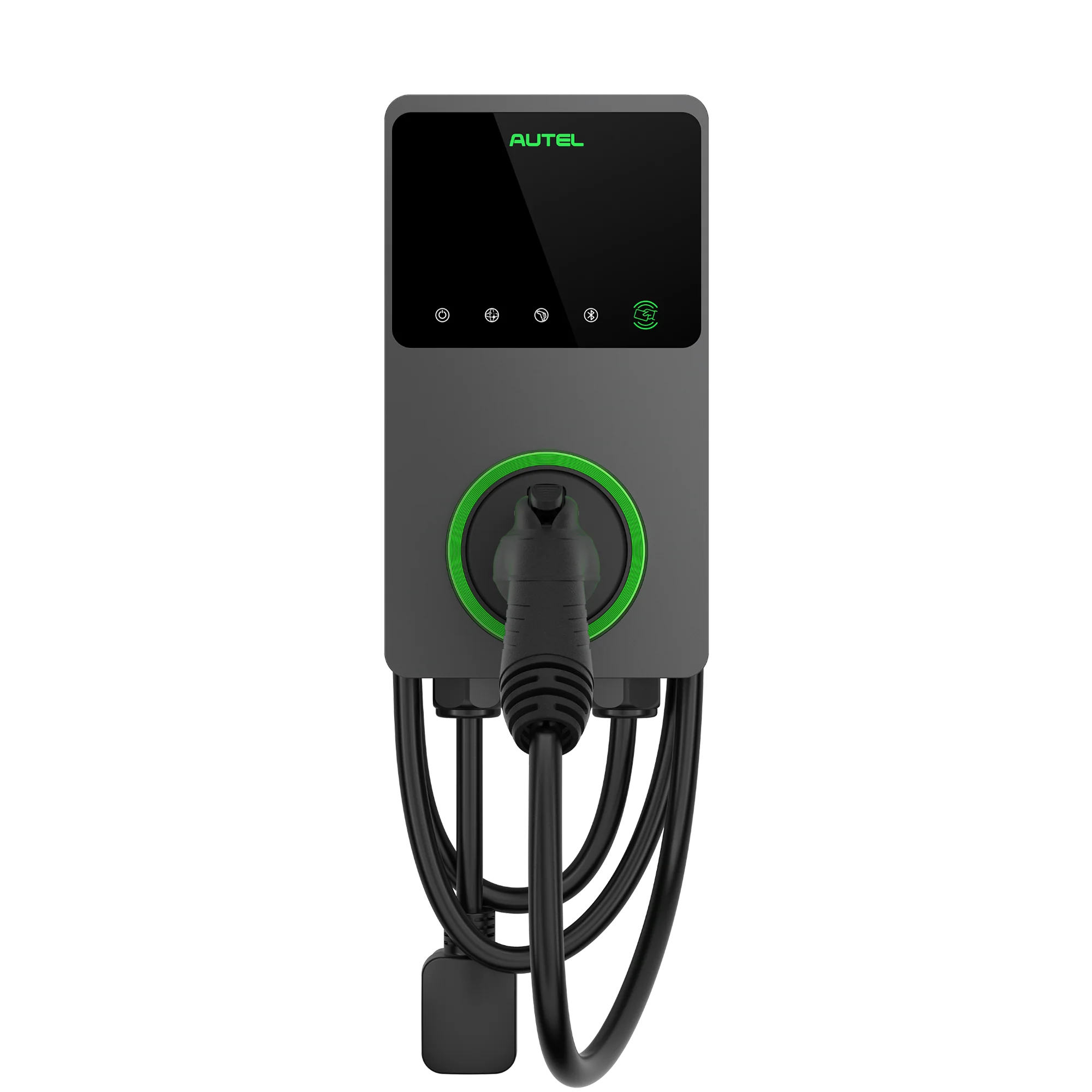
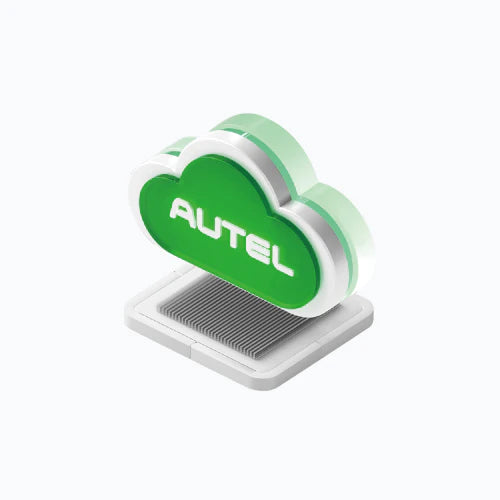
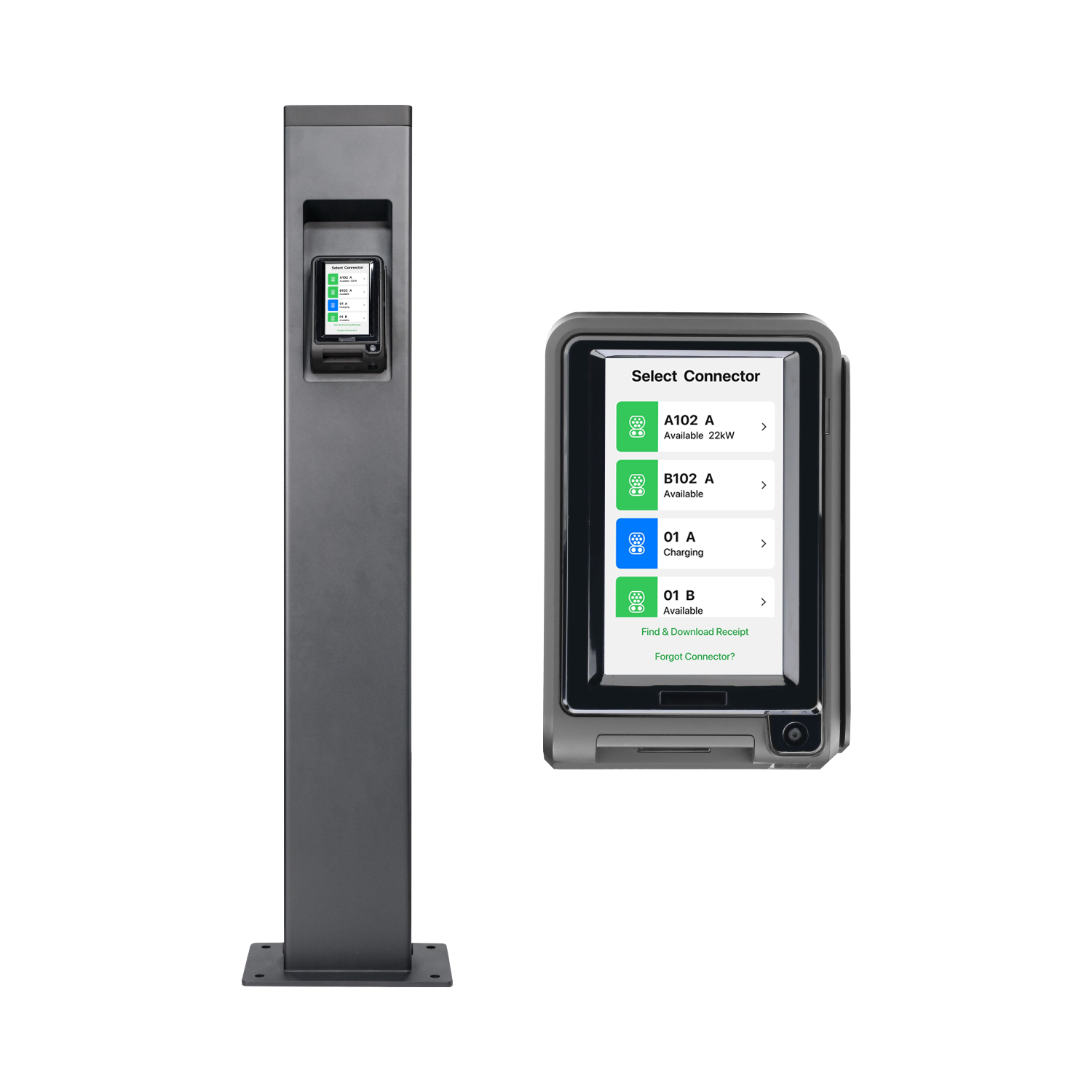
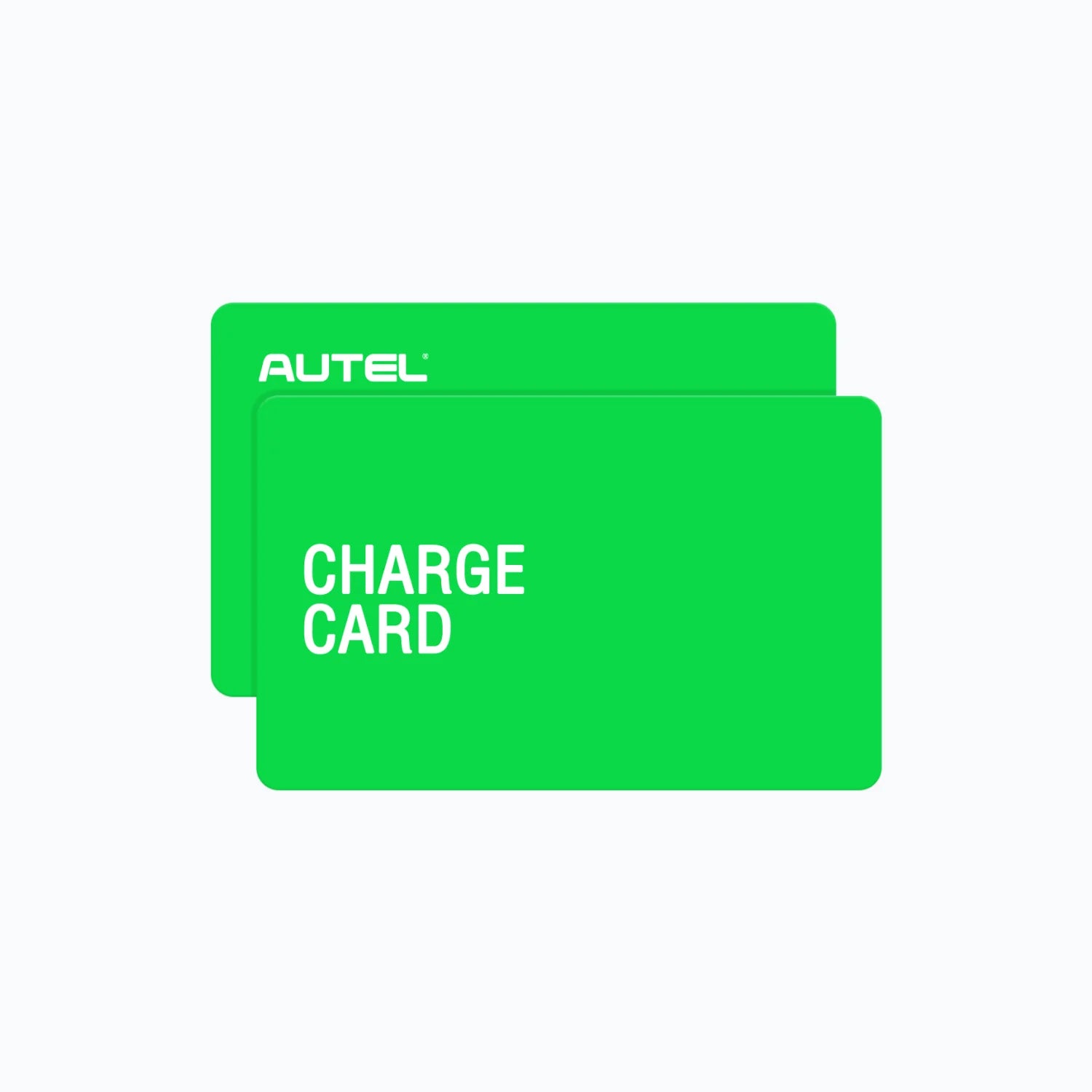
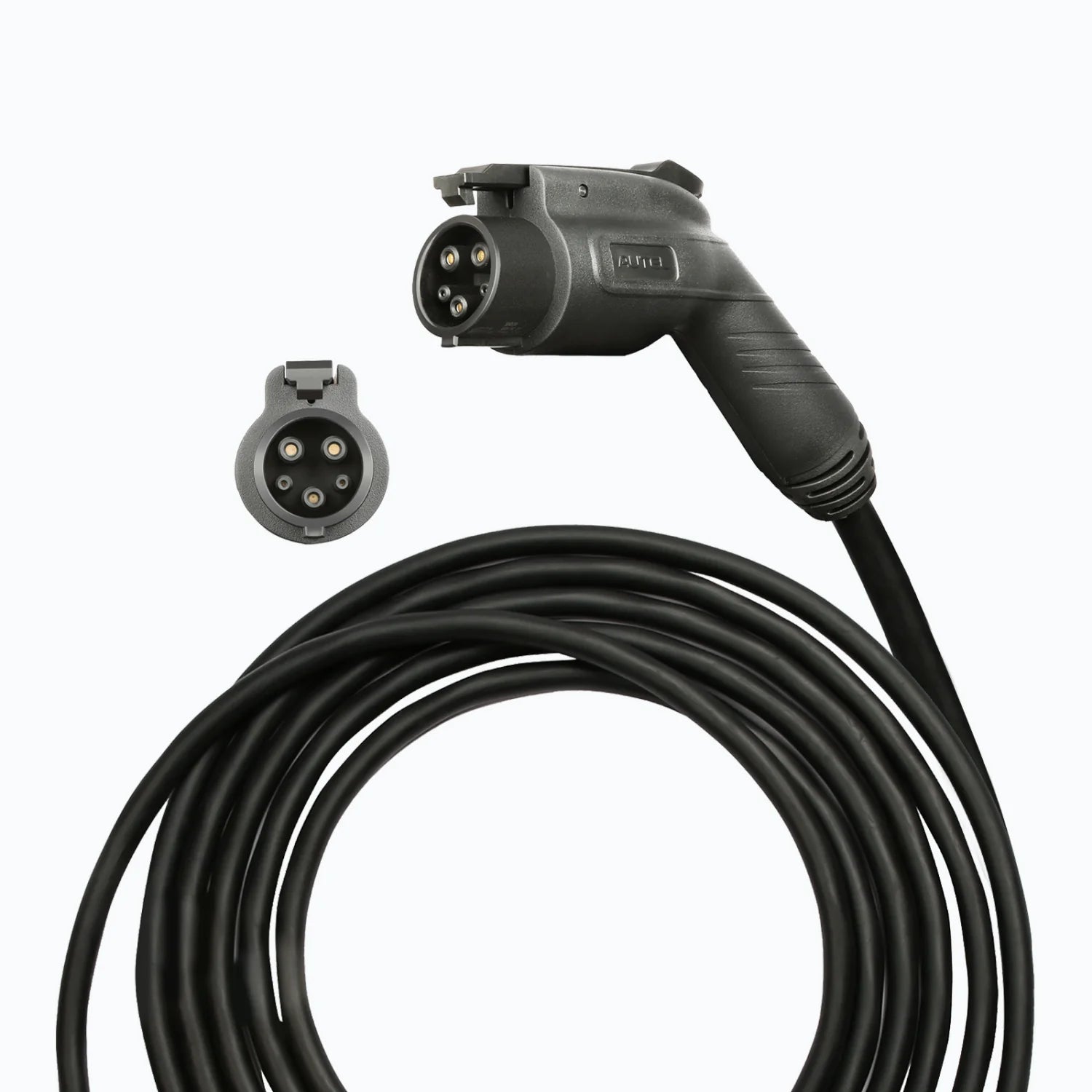
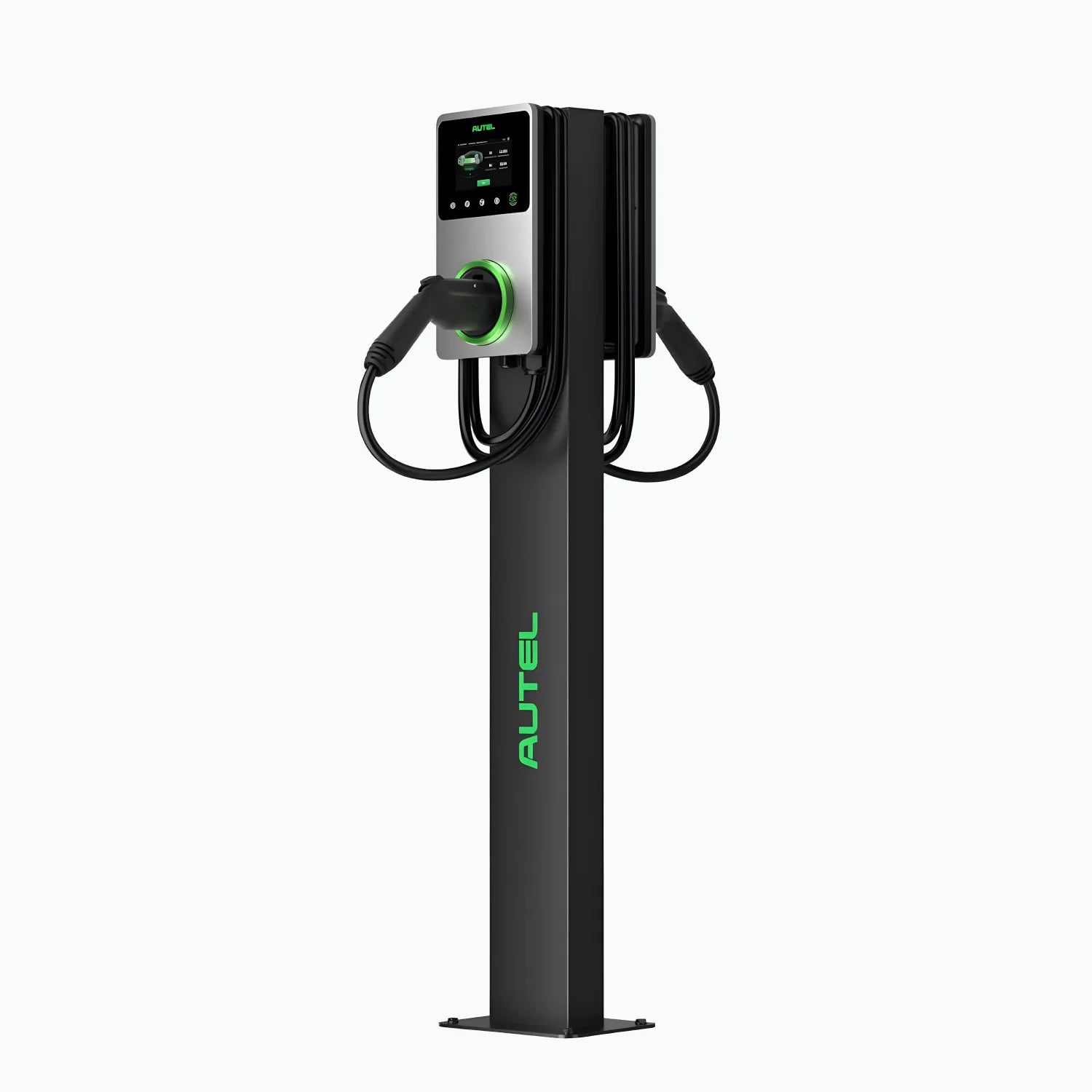
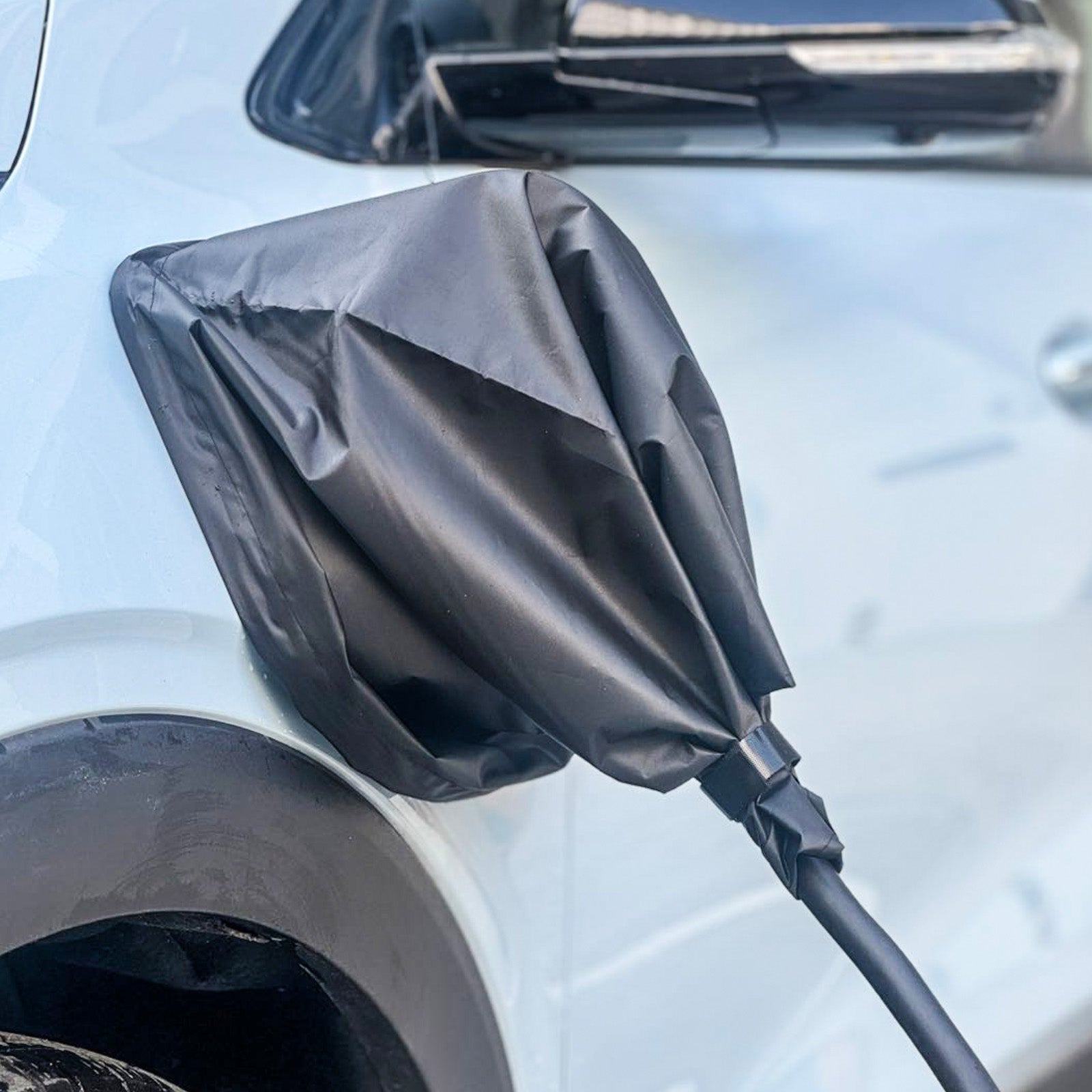
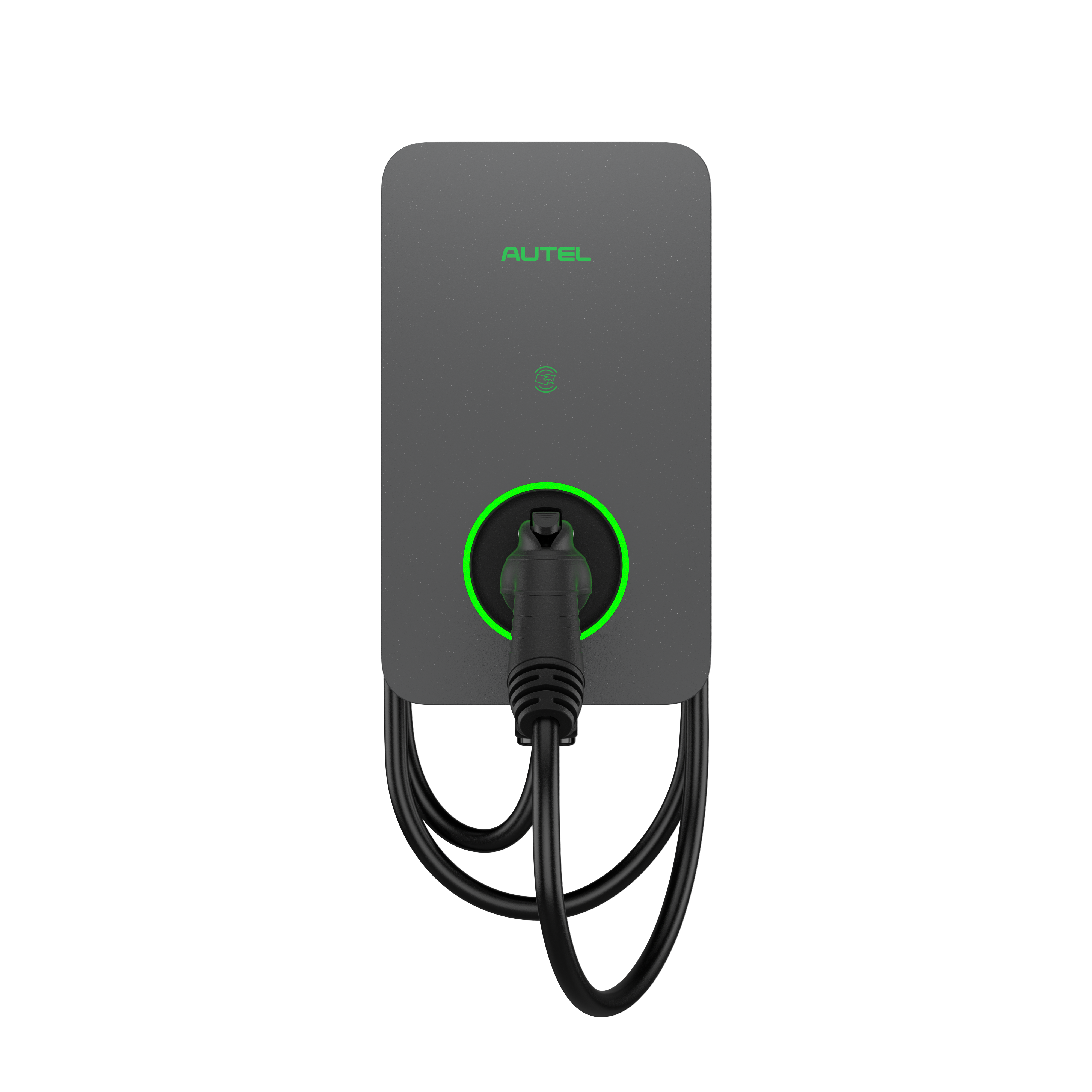
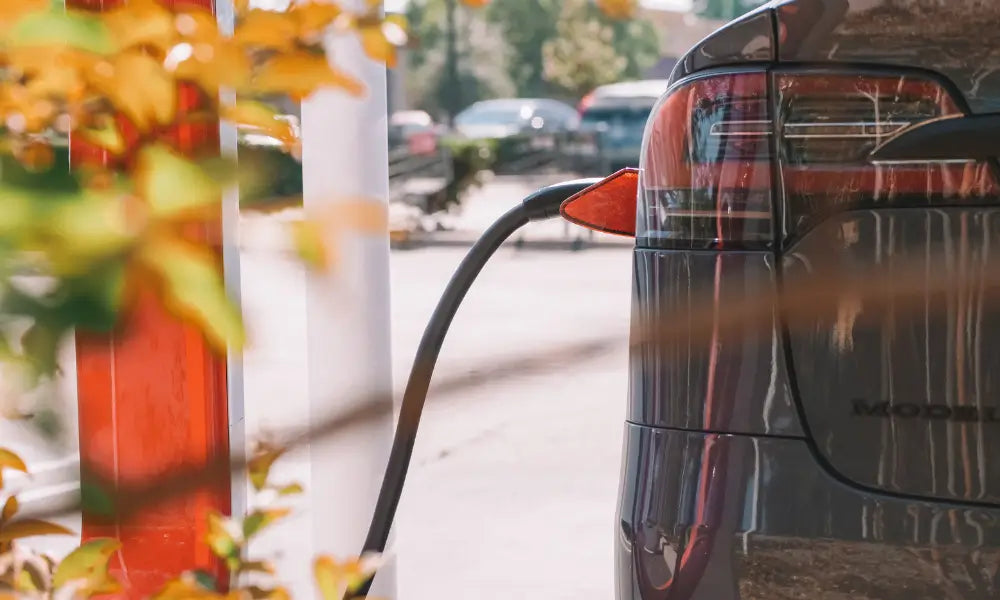
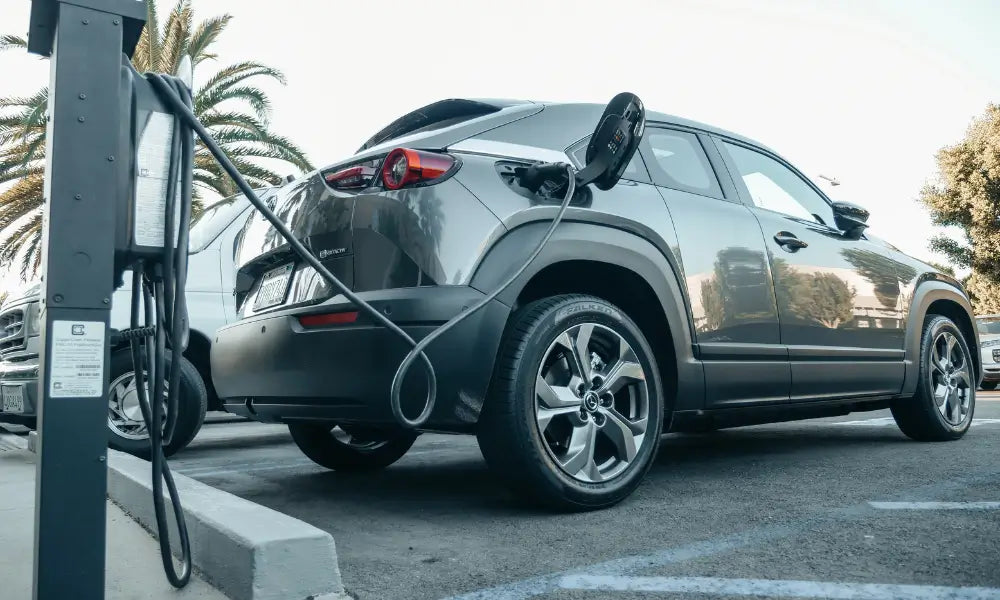
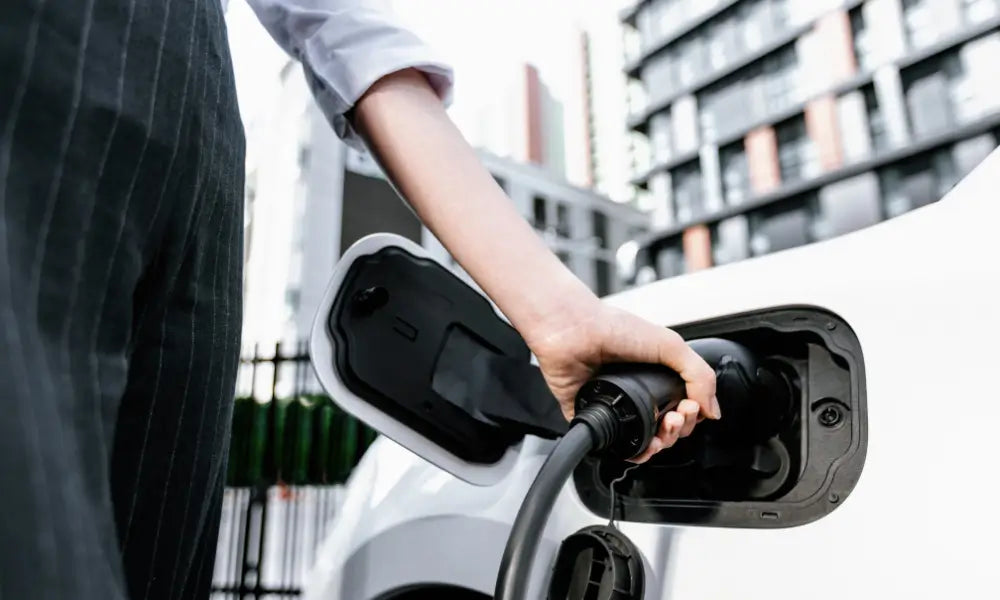
Leave a comment
All comments are moderated before being published.
This site is protected by hCaptcha and the hCaptcha Privacy Policy and Terms of Service apply.